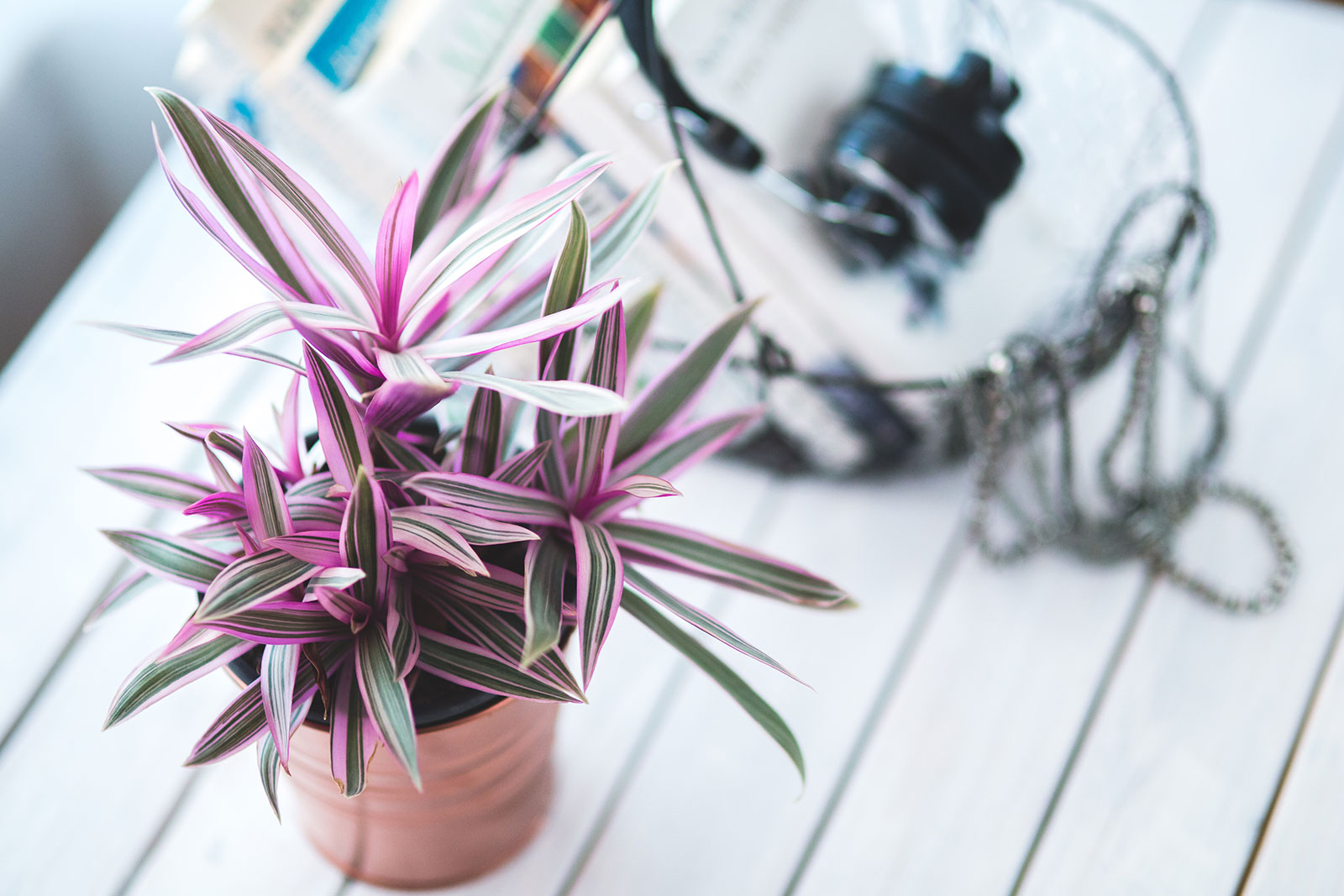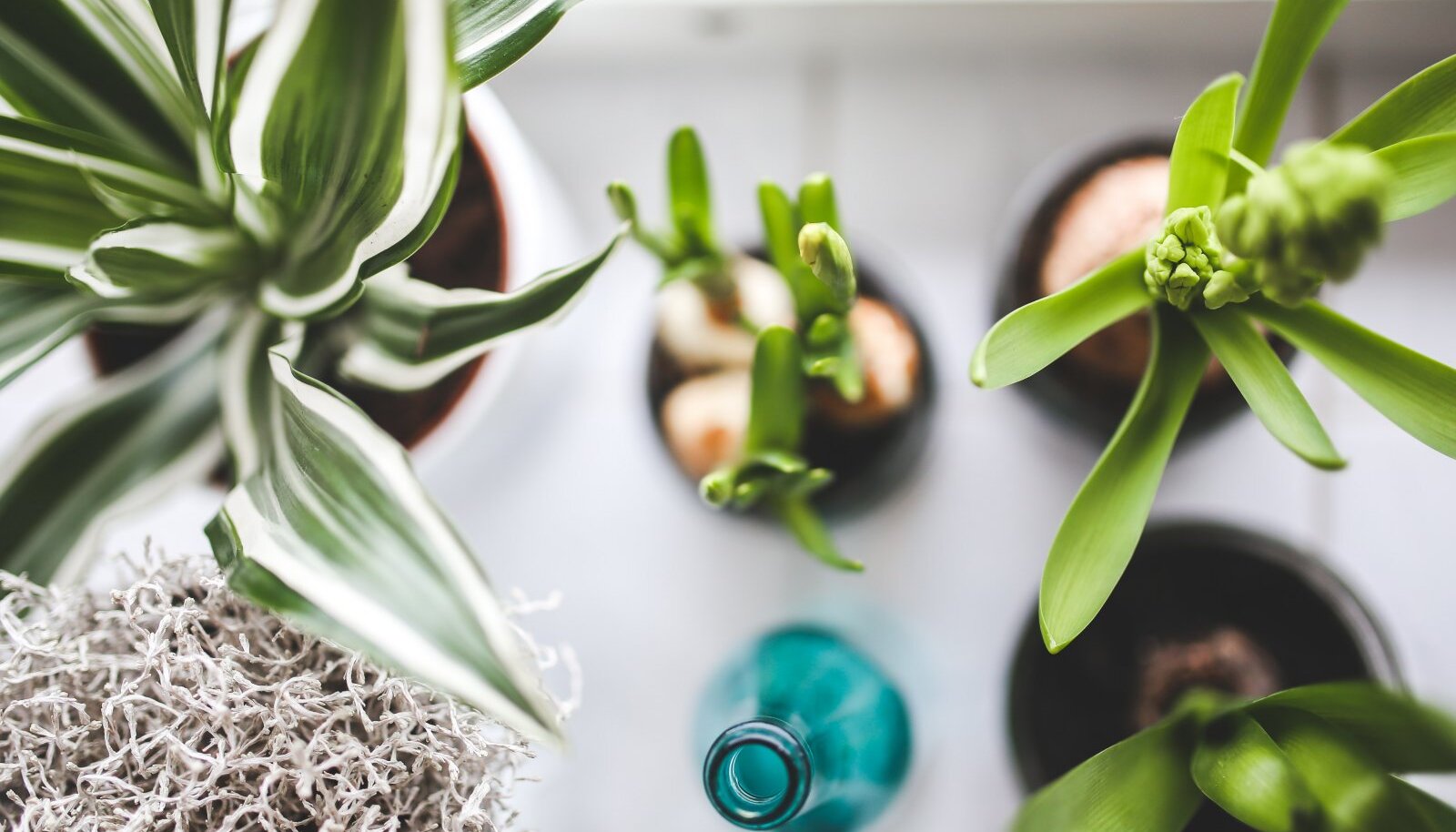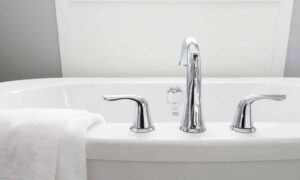More people are bringing plants into their home environment not only for the natural aesthetic they offer but the health benefits they provide. Plus, no one wants the sad plant you find barely hanging onto life in the market that’s not getting the best of care, though we should be saving those dear souls.
Many of us look online with trusted providers like Plantedpot where consumers can find any variety they’re looking for, even the unusual. That can prove challenging with even nurseries which are typically picked over or sparse with the need to put in an order and wait for it to be shipped anyway.
Before Purchasing Houseplants Online
When shopping online, you can get sidetracked by the beauty of all the foliage and not consider your location or the plant’s growing zones. A nursery stocks plants native to your local area.
With the online platform, you have to pay attention to where these will be coming from and which zones they thrive best. The ideal way to learn this if you are like some of us with a not-so-green thumb (us cactus people) is to check the hardiness zones with the USDA to match the plant you’re interested in with the region in which you live.
You don’t want to fall in love with an unusual beauty that can’t grow in your home. Make sure to filter your selections by zone so you can’t see those that you can’t have. Choose plants that are fun and super easy – check some out at https://www.lifehack.org/390369/10-indoor-plants-that-are-easy-take-care/. A few questions to keep in mind before you shop:
● Is online plant shopping more expensive, and is it worth it?
Yes, it likely will be more costly, but the plants will almost surely be healthy, well-cared for, and you’ll specifically find what you’re looking for instead of driving from place to place in search without luck.
It can prove challenging to locate a specific houseplant, the ideal size, in superb condition even in a nursery. Generally, these garden centers need to send out, costing extra for the customer for the shipping costs.
It’s no different than buying online yourself. The difference is you precisely get what you want delivered directly to your door in superior condition compared to most local markets.
● What should you anticipate from buying your foliage online?
A professional, skilled establishment will ensure their products are boxed safely, either already in containers, with “bare root,” or wrapped in soil. Bare roots don’t come in a pot and comprise minimal soil, meaning they need planting immediately upon arrival with storage in the crisper of the fridge until that time.
● What should you avoid when buying plants from the online platform?
Many people often go into the digital shopping experience with unrealistic expectations when they see a picture of an item they have an interest in purchasing.
It’s best to read the description and use a measuring tape to determine what the actual size of the plant will be when it comes, so you aren’t in any way disappointed – or overwhelmed.
In most cases, the plants are a smaller size to make them easier to ship or deliver. On the other end of the coin, you might receive a tiny version of what might ultimately come to grow into a substantially sized full-grown variety.
That’s why reading every detail, fine print, all of the descriptions and instructions is critical when ordering. If you choose outdoor options instead of houseplants, vendors tend to send these at the optimum time for planting.
That would typically be in the spring for most shrubs or trees and the fall for bulbs. Indoor plantings are typically something most providers will send out throughout the course of the year.

● Can you get help after you receive the product?
No plant parent should ever feel intimidated about reaching out to the provider where they bought the foliage for advice or instructions if something is confusing or if things are not going well at first.
The business is there to assist with plant care; that’s what they do. They certainly don’t want to send one of their pride and joy to a good home only to lose it in the process. They want you to succeed.
Some online gardening sites are advantageous, as are plant groups, where you’ll find posts and sometimes blog links giving advice and providing FAQs for individuals having difficulties. All these are genuinely good resources to help get you back on the right path and ultimately help you reach your planting goals.
Final Thought
Working with plants is a learning experience. It’s not something anyone starts out knowing how to do. We all start somewhere, usually with something small and build up to the more challenging.
The idea is to research which plants require the least maintenance when you begin and see how you do with one or two of those for a while. Once you’re comfortable, move up to the next level. Go here to see a few maintenance-free options that will forgive you if you’re not the best plant parent.
There is quite a lot to learn the more you advance with watering, fertilizing, sunlight, so take your time and enjoy each stage. Don’t ever be discouraged if you lose a plant. It’s sad, and it makes us feel bad, but it’s a learning experience for the next time.








